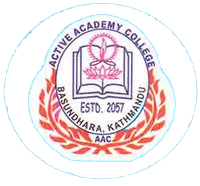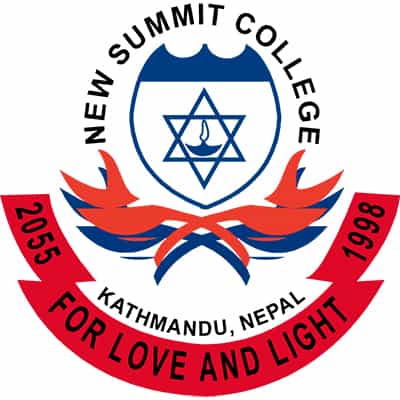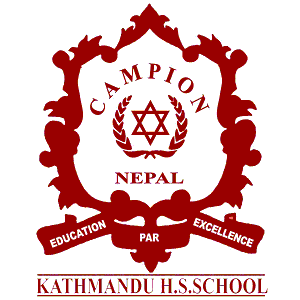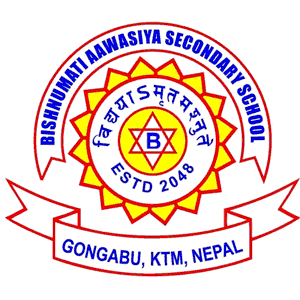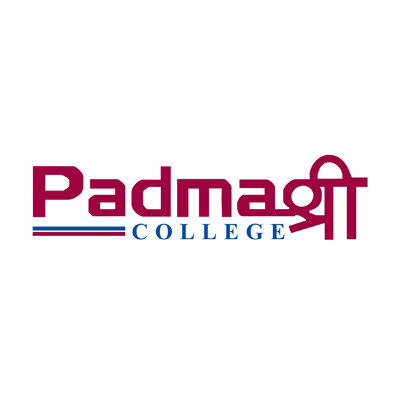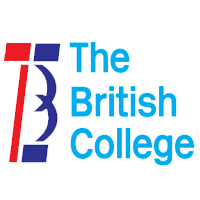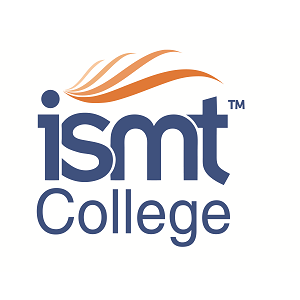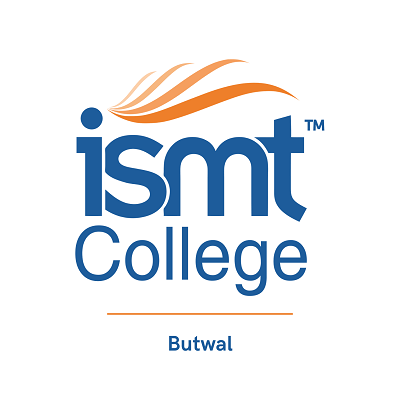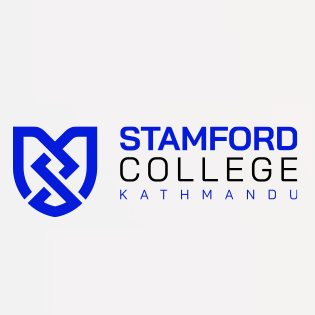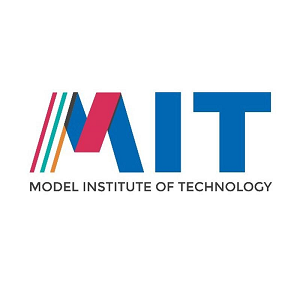Overview
Ten Plus Two in Science at Madan Bhandari Memorial College, New Baneshwor, Kathmandu
Ten Plus Two in Science at Madan Bhandari Memorial College (MBMC), New Baneshwor, Kathmandu follows the National Examination Board (NEB) structure. The program builds a clear foundation in physics, chemistry, biology, and mathematics with supportive coursework in English and Nepali.
Students prepare for higher studies in engineering, health sciences, IT, and pure sciences through steady classroom work, lab practice, and board examinations under NEB.
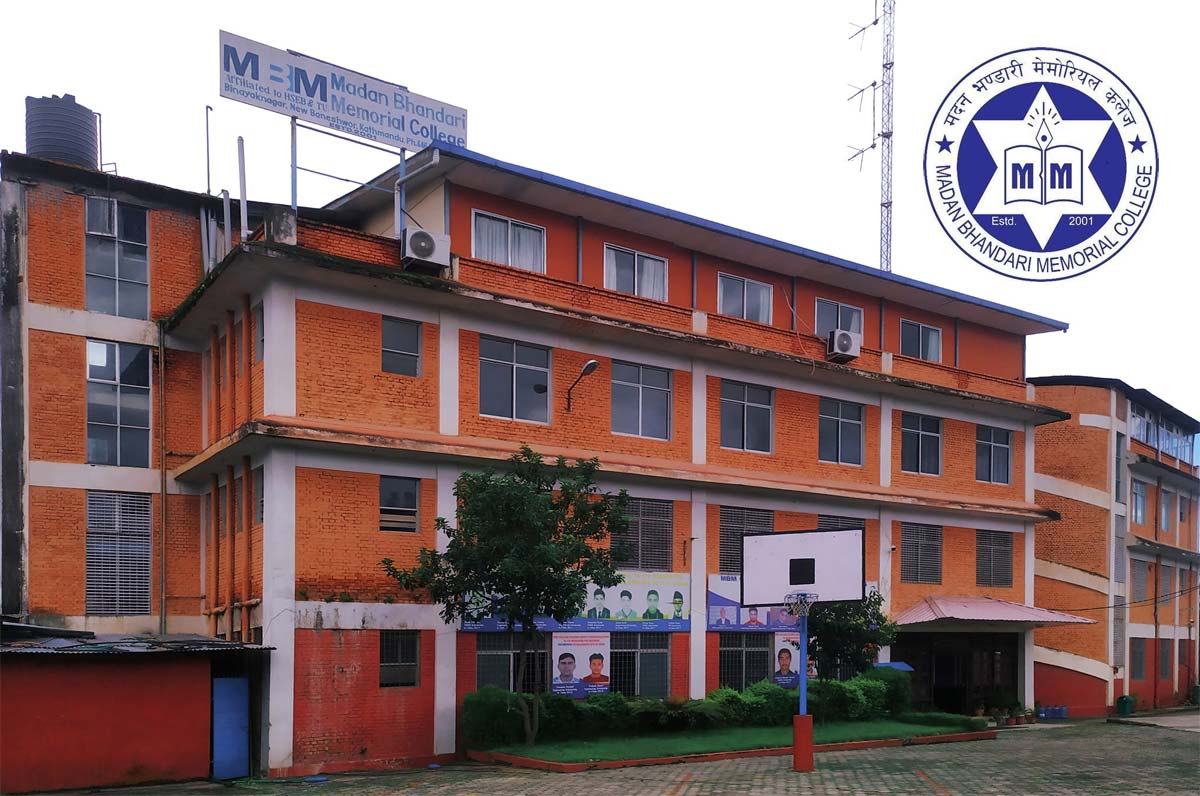
Introduction
Ten Plus Two in Science at MBMC helps students move from school-level study to focused academic habits. The two-year plan keeps subjects organized across Grade 11 and 12. Internal work strengthens daily learning, while NEB conducts external examinations at the end of each grade.
Classrooms, science labs, and supervised study sessions support your routine. Short assignments, unit tests, and practicals build confidence for board exams and future entrance tests.
Highlights
-
Affiliation: National Examination Board (NEB)
-
Duration: two academic years (Grade 11 and Grade 12)
-
Streams: Science with subject groups approved by NEB
-
Assessment: internal activities plus NEB board examinations
-
Learning support: labs, library access, and supervised practice
Curriculum Details
Subject groups and practicals
Students study core science subjects along with English and Nepali. Physics, Chemistry, and Biology include practical work under lab supervision. Mathematics supports problem solving for physics and computing pathways. Optional subjects follow NEB-approved combinations available during admission.
Grade-wise flow
Grade 11 introduces core concepts and lab methods. Grade 12 deepens theory, strengthens numerical work, and prepares students for final practicals and board exams. Teachers schedule class tests and model exams to track progress.
Practical records and viva
Lab journals remain essential. Students maintain observation notes, calculations, and diagrams. Practical exams include experiments, viva questions, and evaluation of lab records.
Objectives
-
Develop clear understanding of scientific principles and lab procedures
-
Build accuracy in numerical work and graph-based reasoning
-
Strengthen written communication for explanations and derivations
-
Prepare students for university entrance tests and higher study
Scope
Graduates of the Science stream enter engineering, medicine, pharmacy, agriculture, forestry, environmental studies, IT, data science, and basic sciences. Many students choose computing pathways through BSc CSIT or BCA, while others continue into physics, chemistry, biology, or mathematics at bachelor’s level.
Learning Outcomes
-
Explain laws, theories, and models using correct terminology
-
Perform standard experiments and record results with units and error checks
-
Solve numerical problems and present steps clearly
-
Write concise answers that show concept-based reasoning
-
Manage exam time and sequence answers effectively
Skill Development Modules
-
Lab discipline: safety, measurement, calibration, and record keeping
-
Problem solving: stepwise solutions, unit balance, and estimation
-
Scientific writing: definitions, derivations, and labeled diagrams
-
Exam practice: model questions, marking schemes, and answer structure
-
Study routines: weekly planning and short-revision cycles
Teaching Methodology
Faculty use lectures, tutorials, and lab sessions. Weekly plans include class tests, viva checks, and assignment reviews. Teachers discuss common mistakes after each unit test. Lab instructors review notebooks before practical exams to ensure readiness.
Admission Requirements
-
Eligibility: SEE graduates meeting NEB criteria for Science intake
-
Documents: mark sheets, character certificate, photos, and identification
-
Subject selection: NEB-approved combinations as offered during admission
-
Orientation: rules on attendance, lab work, and internal activities shared at entry
Career Opportunities
-
Higher study: engineering, medicine, pharmacy, agriculture, BSc CSIT, BSc (various disciplines), and BCA
-
Entry roles: lab assistant trainee, junior support in clinics or diagnostic units (where permitted), and computing support roles after short certificates
-
Long-term paths: research tracks through science degrees and professional licensure routes where applicable
Scholarships and Financial Aid
-
Categories: merit-based and need-sensitive groups announced during intake
-
Application: submission within the stated window with required documents
-
Continuation: scholarship retention linked to academic conduct and results
Why Choose This Course?
Ten Plus Two in Science at MBMC offers steady preparation through classroom work and practical sessions. The plan suits students who want a disciplined routine, structured assessments, and a clear path to university programs in Nepal.
Conclusion
Ten Plus Two in Science at Madan Bhandari Memorial College provides a balanced route across theory, lab practice, and exam readiness. The two-year structure builds habits that support higher study and professional preparation in science and technology fields.
FAQ
What is the duration?
Duration: two academic years under NEB (Grade 11 and Grade 12).
How are students assessed?
Assessment: internal tasks and practicals during the year; NEB conducts board examinations.
Can I choose optional subjects?
Subject selection: NEB-approved combinations are offered during admission based on availability.
Are practical exams compulsory?
Practicals: lab records and viva form part of the final evaluation for science subjects.
What are common pathways after completion?
Higher study: engineering, medicine, IT, and basic sciences depending on interest and entrance outcomes.


